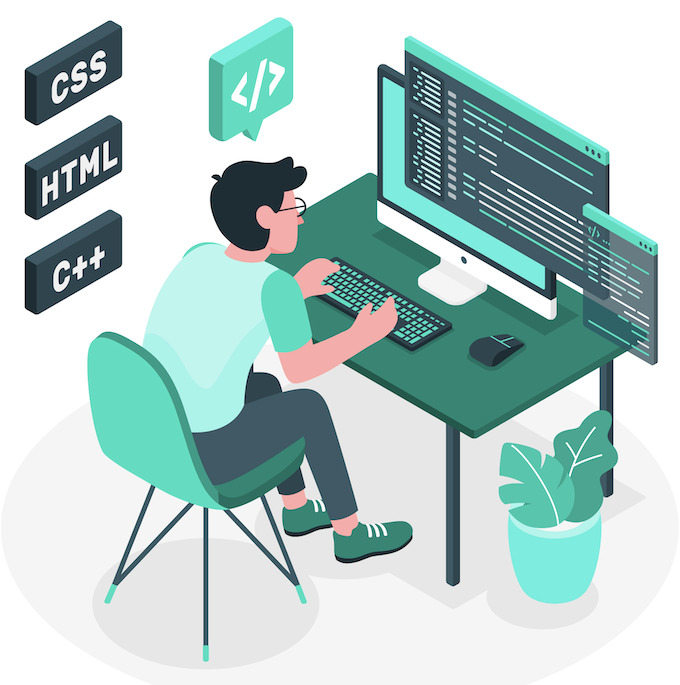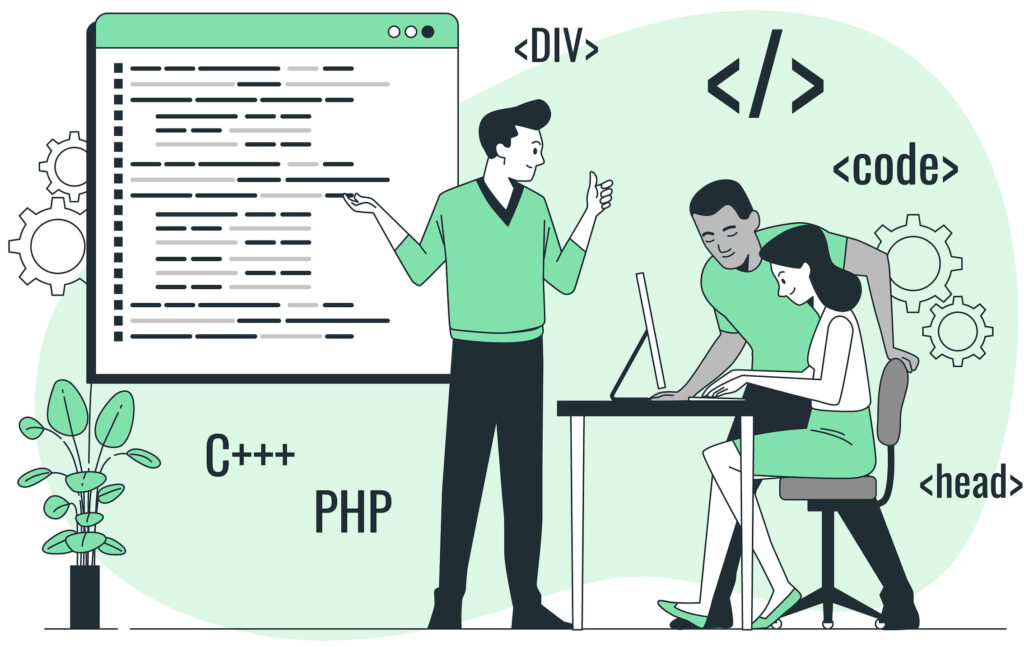Summary: Present here is Part 2 of our deep-dive into the challenges and opportunities within the EdTech space in India. In Part 1, we saw different stages of the education journey and a more detailed exploration of the Placement as a Service model. Now, we go deeper into the boot camp model and other upskilling sectors and their challenges in the Indian market. This is the outcome of our conversations with founders, senior leaders, and investors in the Ed Tech sector.
Bootcamps: Transforming Skill Development & Employment Opportunities
The rise of the bootcamp model is widely recognized, but we were curious as to why it isn’t attracting more investors and students if the concept is so good. We decided to explore its potential in other industries, but we were concerned about what was hindering its growth. To understand this, we spoke with multiple founders, senior leaders in these firms, and investors.
But first just a bit of background to be on same page.
Background
- The Indian education system struggles with outdated curriculums, resulting in skill gaps, particularly in the IT sector.
- A survey found that only 20% of engineering graduates were employable, and just 1.5% were qualified to work in AI and other cutting-edge fields.
- Traditional players have long been active in this space, but covid has accelerated demand for IT jobs. Additionally, remote job opportunities and acceptance of digital learning led to wider acceptance for boot camp models.
- Bootcamps similar to Lambda School were perfect for India and startups like Masai School (total 22.2 million $ raised), Newton School (total 30.8 million $ raised), ScalarAcademy (total 77 million $ raised) and others perfectly captured the opportunity.
- They charge 2 to 3 lakhs per course per student and course duration is 6 months. (It may vary for some courses and students).
- Bootcamp companies have found the right cohort of students that work best for them – some prefer individuals with 1-2 years of work experience who want to upskill instead of undergrad students. These companies have proven that their training increases salaries, which motivates people to enroll (and they can afford the high fees).
BootCamp Challenges
– Income Sharing Agreements (ISAs): ISAs can be hard to scale. If a student joins but later realizes the program isn’t for them, the bootcamp loses money. This has led many companies to give up on ISAs, making the course unaffordable for some students.
– Balancing Scalability & Affordability: Bootcamps became popular for getting students placed in high paying product companies (starting salaries 10-12 lakh INR per annum) or remote jobs. However, these companies hire only a limited number of freshers. To scale, bootcamps need to partner with IT service firms, which offer lower starting salaries (3.5 lakh to 5 lakh INR per annum) for freshers. This presents a challenge as the high admission fees for bootcamps may not be affordable for many students, making it difficult to balance job prospects and affordability.
– Deep Nexus between Companies & Colleges: Over the last two decades, IT companies’ HR, Talent Acquisition, and Directors have established strong relationships with college placement committees, often involving under-the-table transactions (as suggested by multiple folks). This collusion makes it challenging for bootcamps to break into the industry.
– Acceptance from Companies: The BootCamp model democratizes IT skills for all, regardless of college. However, companies prioritize hiring from branded colleges and have limited quotas for students from tier 2 or 3 colleges, even if they have the required skills. Changing this mindset is challenging due to deep-rooted relationships between companies and college placement committees.
– Student Perception of Degree/Brand Value: Many students in India still believe that a degree or college brand holds more value than skills. Bootcamps are now partnering with branded colleges to change this perception, but it takes time to forge these partnerships.
– Competition from Traditional Companies: Bootcamps face competition from traditional companies that have already established their brand value and trust with students and employers. Offline players have a large reach and provide local language support too. (Check out this interesting coverage from livemint to learn more).
– Addressing the Language Barrier: English acts as a total addressable market (TAM) limiter. Expanding bootcamps to non-English speaking students may be challenging due to differences in communication, culture, and payment capabilities.
– Threat of AI Reducing Jobs: Advancements in AI, such as ChatGPT, could decrease the demand for lower-skilled IT workers in India. This is because AI can automate tasks and handle complex processes, reducing the need for entry-level IT professionals.
Silver Lining: A Winnable Battle Despite the Uphill Task
While the challenges facing bootcamps are significant, there are reasons to remain optimistic about their potential in the Indian market. Several bootcamps have started forging partnerships with branded colleges, such as IIT-D, which, although time-consuming, is a promising development in gaining wider acceptance. Similarly, bootcamps are also collaborating with IT companies, with some securing agreements to hire a specific number of students per month.
IITs took a long time and government support to become popular in India, placing a maximum of 20,000 students combined. Bootcamps are expected to surpass this number within the next 1-2 years, indicating that a shift in perception and acceptance is on the horizon.
Other Upskilling Areas
Short Note on BootCamp For Non IT Segment
- We explored extending the bootcamp model to sales, business development, and marketing.
- Numerous new players have entered the market with digital cohort-based courses that genuinely provide value, but it is an intensely competitive space.
- Also, compared to IT jobs, positions in these fields usually have lower starting salaries, at least at first. This limits the overall ability to monetize a startup.
- Further, the main challenge in these sectors is the demand (how much such talent will companies hire). Since these teams are smaller, you need many companies.

One area to consider is preparing students for remote foreign jobs in non-IT sectors. Remote jobs often pay more and require some presence in locations such as Silicon Valley. Not all competitors can easily establish a presence there, venture funded companies will have an edge.
Short Note on Upskilling of Professional & Higher Education Segment
- Bootcamp companies prefer professionals with work experience who are looking to upskill as they are more serious and can afford the programs. This applies to both IT and non-IT sectors.
- Traditional MBA and international master’s programs are becoming increasingly competitive and expensive. Based on online data, ISB charges over 30 lakhs, while IIM ABC charges between 23 to 28 lakhs. Other colleges charge between 12 to 20 lakhs, but keep in mind that placements may not be as strong here.
- Many students further feel that these courses are less aligned with rapidly changing professional requirements. As a result, bootcamps or newer programmes for targeted skill development or domain exposure are gaining popularity among students.
- Masters’ Union is a new company/educational institute that promotes the concept of learning business by running business. They offer business leadership bootcamps taught by industry experts and have been performing well. Their programs cost between 18-25 lakhs.
- Digital upskilling companies are thriving, catering to professionals with 2-3 years of work experience. Great Learning, for example, provides short-term courses to help this mature audience upskill and earn higher salaries. In FY23, Great Learning is projected to generate INR 1,000 crore in revenue.
- There is a strong brand bias, with courses from certain universities selling more easily in specific regions. Branded courses are essential for better job prospects and higher salaries.
- However, while courses carry prestigious names like MIT, they are primarily designed by the upskilling companies, with final approval from a professor at the partner university.
- One of the companies partnered with universities to offer branded courses, such as Jain University’s Data Analytics course, and even premium courses from MIT, Northwestern, and Stanford. Course fees are linked to the university’s brand value.
- The courses are not fully live. Instead, they consist of 60%-70% pre-recorded videos and take-home assignments, and 30% live classes with the professor of the university under whose name the course is being offered.
- India and the US are the biggest markets for these courses, with some demand in Africa and the Philippines as well.
Competition in this field is good. The current players use their academic background to make great courses. While K-12 and exam prep have gotten lots of investor interest & subsequent scrutiny, the players focused on higher education upskilling seem to be making a lot of money.
Concluding Remarks
In conclusion, while the Indian EdTech industry is facing difficulties at present, but there are still many unexplored opportunities. Sectors such as L&D and digital nanny services for children have potential for entirely digital products. Cross-border education is another area to consider, taking advantage of the intense competition in India and the rising demand for young talent in the West. Bootcamps and upskilling programs for experienced professionals have had a significant impact and have great potential for the future.
Feel free to share your thoughts or suggest new ideas by contacting me here or leaving a comment below. Also, the co-author for this blog is ChatGPT.






